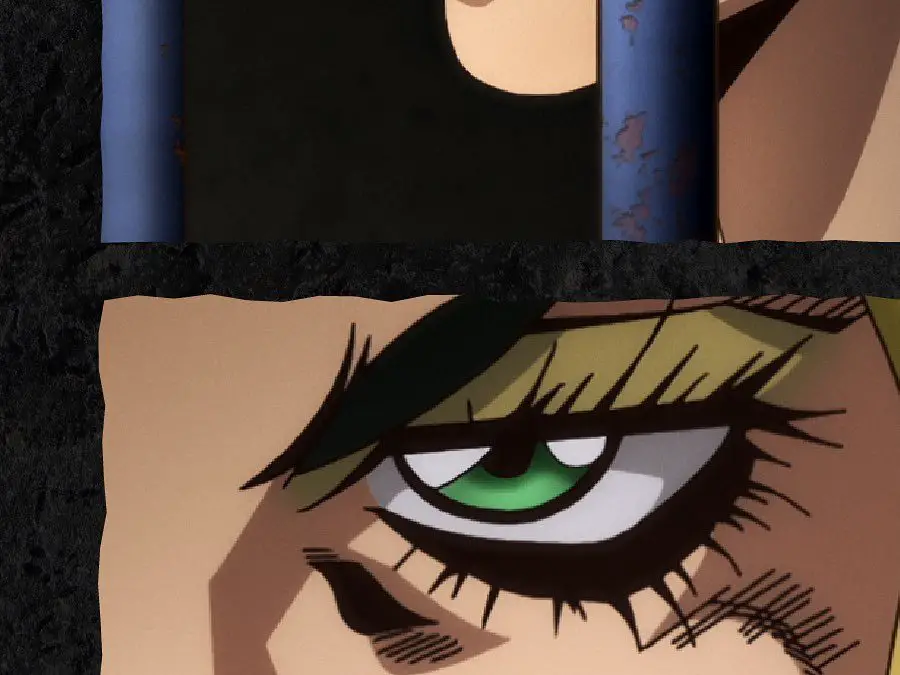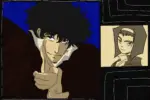In 1987, Japanese manga author Hirohiko Araki published the first chapter of “JoJo’s Bizarre Adventure.” The series is still ongoing today, and with 957 chapters collected in 131 volumes, “JoJo” has managed to maintain worldwide popularity and fame even over 35 years after it began. However, it wasn’t always that way; while “JoJo’s Bizarre Adventure” has always enjoyed fame in its home country, others around the world were slower on the uptake. Through a combination of striking art, memorable characters and some of the most insane plotlines to ever grace a manga page, “JoJo’s Bizarre Adventure” managed to charm audiences all around the globe, even if it took a while to do so.
“JoJo’s Bizarre Adventure” has a rather unusual plot structure. While it begins by following the drama between English aristocrat Jonathan Joestar and his evil stepbrother Dio Brando, the series quickly swerves into several different plotlines, from ancient sunlight warriors and vampires to ancient Aztec super-vampires to reforming the Italian mafia to reassembling the corpse of Jesus Christ. The story is split into several parts, eight at present, and each new part follows a new plot in a different part of the world with a new set of characters. Connecting these threads is Jonathan’s bloodline, as each protagonist is a descendant of him in some form.
The first two parts, “Phantom Blood” and “Battle Tendency,” made some buzz, but “JoJo’s” true claim to fame came in part 3, “Stardust Crusaders.” This part introduced Stands, a physical representation of one’s fighting spirit. Stands would come to define “JoJo’s Bizarre Adventure,” as Araki began to expand their abilities and how they might be used in a fight. While Stands in part 3 were very simple, such as a Stand that punches very fast or could create fire, they became increasingly more complex and bizarre, like a Stand that will kill you if you show your back to anybody or one that turns you into a snail if you look at a rainbow.
Part 3 began the meteoric rise of “JoJo’s Bizarre Adventure” in Japan. It and its protagonist, Jotaro Kujo, became symbols of the whole series even as it progressed to future parts. It was also the center of the scant few “JoJo” projects that came to the West. The “JoJo” manga didn’t receive an official English release for a long time. Instead, what fandom existed mainly rose up around Capcom’s part 3-focused fighting game, JoJo’s Bizarre Adventure: Heritage for the Future, and a number of animated movies that loosely adapted part 3’s story.
These early scraps of material did allow for a small fandom to crop up around “JoJo,” but not much more. Certain scenes and attacks became small-scale internet memes, like an infamous attack from Heritage for the Future that flattens the opponent under a steamroller. Anybody hoping to enjoy the source material, though, was out of luck. For a long time, the only way to read “JoJo” was through infamously bad fan translations, such as the so-called “Duwang” translation of part 4. Comic book artist Joe Weltjens was actually so embittered over the lack of “JoJo” material in the West that he created “Diesel,” a one-issue comic that blatantly plagiarized the part 3 movies in the hopes of bringing audiences an Americanized version.
“JoJo’s Bizarre Adventure” finally had some luck with Western audiences, though, with the release of the anime adaptation in 2012. For such a popular manga, “JoJo” had never received a full, official animated adaptation, likely due to the complexity of the original material making it a daunting task. Studio David Productions decided to take a crack at it, though, with a 25-episode anime adapting “Phantom Blood” and “Battle Tendency.” It was a huge hit, both in Japan and overseas, faithfully adapting Araki’s material and finally bringing the legendary story to English-speaking audiences.
The “JoJo’s Bizarre Adventure” anime particularly drew focus to Araki’s unique art style. Early “JoJo” parts drew influence from manga like “Fist of the North Star,” featuring hyper-masculine characters with bulging muscles and rippling pecs. The further it went, though, the more Araki developed his own design, and characters became slimmer and prettier. David Productions beautifully adapted this changing style, managing to maintain a similar aesthetic throughout the entire series while also keeping the character designs faithful to the original manga.
Special mention must also be given to the anime series’s cast of all-star voice actors, in both Japanese and English. The Japanese language track for “JoJo” has been praised for bringing in some of the most recognizable and legendary actors in Japanese voice work, such as Takehito Koyasu and Tomokazu Sugita. These actors bring the characters to life in appropriately hammy fashion, acting out ridiculous dialogue without a hint of irony that almost makes the viewer accept the bizarreness of it all. The English dub similarly pulls in some of the best voice actors of today, like Johnny Yong Bosch and Patrick Seitz, who match their Japanese counterparts excellently.
To that end, what seems to draw Western audiences to “JoJo’s Bizarre Adventure” the most is how seriously it takes itself, even in the most ridiculous scenarios. Modern pop culture, like the Marvel Cinematic Universe, is often marked by a tongue-in-cheek, ironic sense of humor, like the characters themselves understand the absurdity and are winking at the camera. “JoJo” acts as a breath of fresh air by never questioning its own ridiculousness, every character treating each encounter as seriously as the last. A life-or-death martial arts fight is just as tense as a poker match where the protagonist uses his mother’s soul as a betting chip.
“JoJo’s Bizarre Adventure” has become a cultural phenomenon, and with good reason. Its unique style, mind-bending fights, and truly bizarre storylines have enthralled audiences for more than three decades, and it’s finally getting the recognition it deserves. English audiences can enjoy both the anime series and the original manga with full, official translations. On top of that, more episodes of part 6, “Stone Ocean,” were recently released on Netflix, and the fighting game JoJo’s Bizarre Adventure: All-Star Battle R was just released on home consoles and PC. There’s simply no better time to enjoy the wild plots seen in the pages of “JoJo’s Bizarre Adventure” than the present.

















